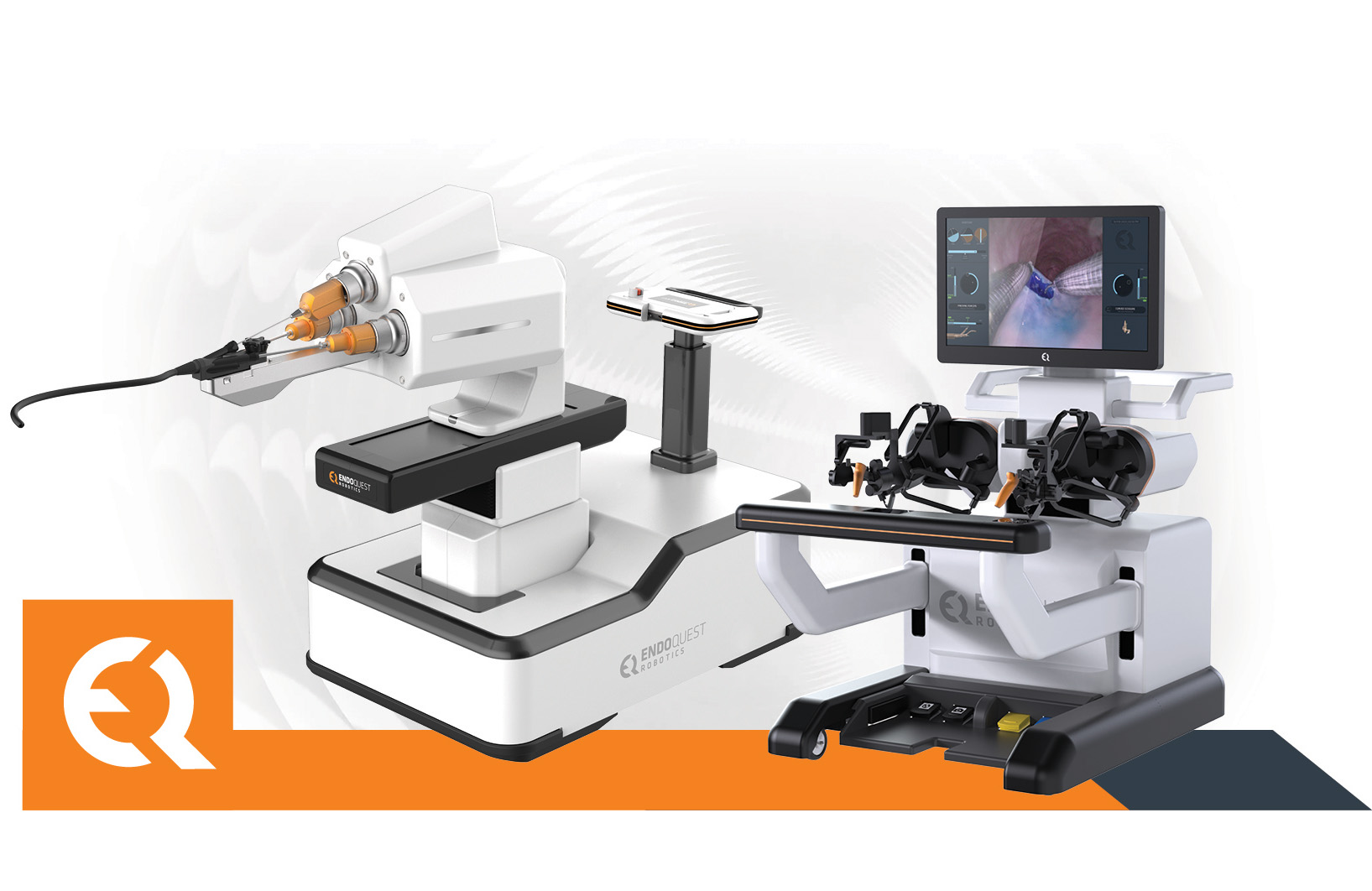|
Listen to this article |

EndoQuest said it is focused on addressing unmet needs in gastrointestinal medicine and endoluminal surgery. | Source: EndoQuest Robotics
EndoQuest Robotics Inc. has submitted an Investigational Device Exemption, or IDE, application for its pivotal colorectal clinical study. With its flexible robotic system, the privately held medical device company aims to transform surgical outcomes for minimally invasive surgery.
The IDE will enable EndoQuest to begin its Prospective Assessment of a Robotic-Assisted Device in Gastrointestinal Medicine (PARADIGM) study. This is a prospective, multi-center, open-label study of the Endoluminal Surgical (ELS) System with an expected enrollment of 50 subjects.
The company will conduct the PARADIGM study at five leading U.S. healthcare facilities, including Brigham and Women’s Hospital in Boston; Mayo Clinic in Scottsdale, Ariz.; Cleveland Clinic in Ohio; AdventHealth in Orlando, Fla.; and HCA Healthcare in Houston.
“Once approved, our IDE enables the ELS System to ship to clinical sites and be studied for safety and efficacy,” said Eduardo Fonseca, interim CEO of EndoQuest Robotics. “While not yet commercialized, it is a critical step forward and drives value in the company as the future benchmark for ESD and other minimally invasive procedures.”
EndoQuest Robotics strives for minimal scarring
EndoQuest Robotics is a developer of endoluminal robotic technologies. The Houston-based company designed its proprietary technology to navigate and perform scar-free procedures through the body’s natural orifices.
Providing physicians with “unprecedented surgical access, precision, and flexibility” enables a minimally invasive surgical (MIS) approach, said EndoQuest.
Founded in 2016, the company said it has collaborated extensively with healthcare providers, researchers, and industry partners to advance the development of its flexible robotic system. Its goal is to improve patient outcomes and redefine a new standard in MIS.
Surgeons to participate in PARADIGM study
As part of the PARADIGM study, globally recognized gastroenterologists and colorectal surgeons will perform robotic endoscopic submucosal dissection (ESD) procedures for the removal of colorectal lesions using the ELS System. Results from a pre-clinical ESD study demonstrated that the ELS System had superior procedural outcomes, a shorter learning curve, and reduced procedure time versus the conventional technique.
“There is a significant unmet need for improved treatment of colorectal disease in the U.S.,” said Dr. Todd Wilson, chief medical officer and chairman of the scientific advisory board at EndoQuest Robotics. “The robotic ESD procedure provides the opportunity to clearly demonstrate the potential benefits of our flexible robotic system in terms of outcomes, complications, healthcare costs, and much more. [It] should ultimately pave the way for the system to revolutionize a wide and growing range of other procedures across the globe.”
The ELS System features three key parts: the patient cart, flexible instruments, and the physician console. With high mobility and maneuverability, the Patient Cart positions the robotically controlled videoscope and EndoDrive precisely where they are needed for optimal access.
The system features a full range of flexible surgical instruments with up to seven degrees of freedom. These mimic the natural movement of the physician’s hand offering unparalleled precision and control.
In addition, the ergonomically designed physician console features a digital interface that mimics the physician’s hand movement with flexible instruments inside the patient. This allows it to offer precision and control throughout the procedure, said EndoQuest.
The IDE submission is subject to review by the U.S. Food and Drug Administration (FDA) and must be approved prior to initiating this study. The company expects the review process to take a minimum of 30 days.
The total duration of the review depends on a variety of factors, including the extent of potential comments, questions, and any additional information requested by the FDA.

